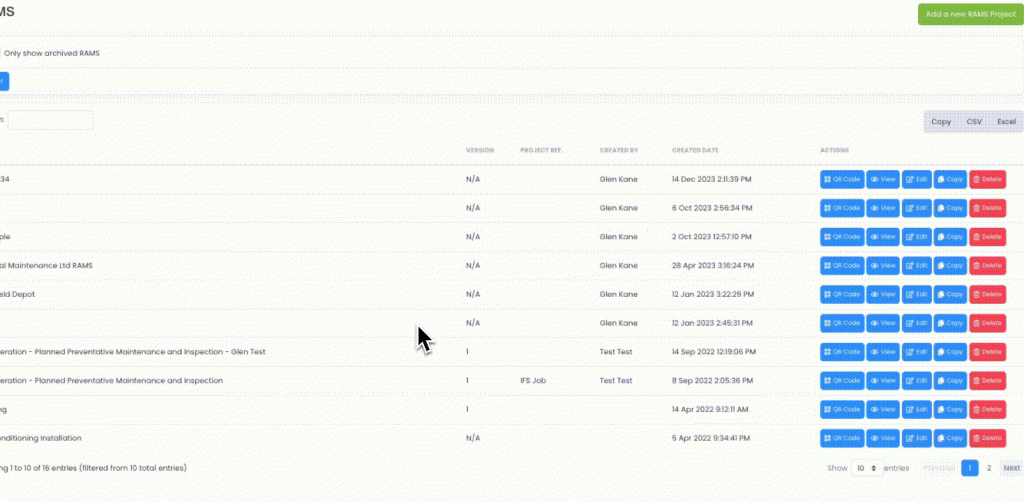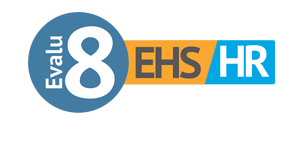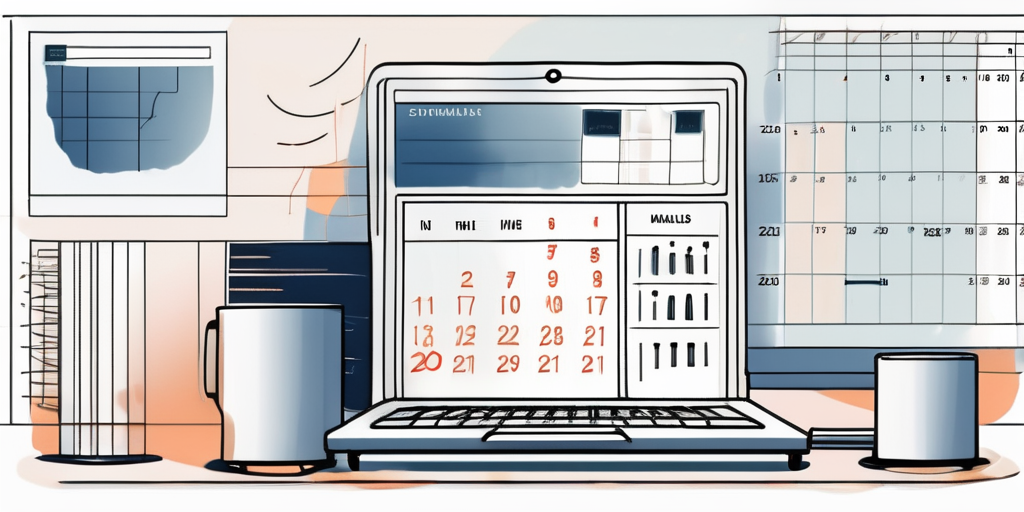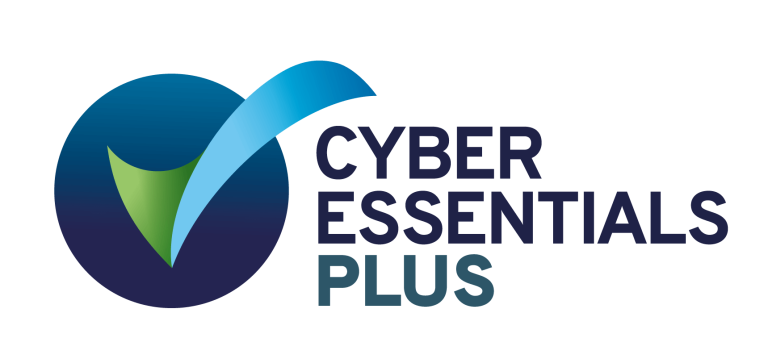In any workplace, ensuring the safety and well-being of employees is of utmost importance. One crucial aspect of this is the review and management of the Risk Assessment and Method Statement (RAMS) process. RAMS are specifically designed to identify and mitigate potential hazards, reducing the risk of accidents and injuries in the workplace. But just how often should RAMS be reviewed? In this article, we will explore the importance of reviewing RAMS, the recommended frequency for review, the process involved, and the consequences of neglecting this crucial aspect of risk management.
The recommended frequency for RAMS review
When it comes to reviewing RAMS (Risk Assessment and Method Statement), there are two main approaches: regular review and situational review. Health and Safety professionals must weigh various factors to determine the most appropriate frequency for reviewing their organisation’s RAMS.
Regular review versus situational review
Regular review involves establishing a predetermined schedule, such as annually or biannually, to review RAMS across the organisation. This approach ensures that RAMS are consistently updated to reflect any changes in the work environment, tasks, or regulations.
However, it is important to note that the frequency of regular review may vary depending on the nature of the work. For example, industries with high-risk activities, such as construction or manufacturing, may require more frequent reviews, perhaps quarterly or even monthly. This allows for a proactive approach to risk management, ensuring that any potential hazards are identified and addressed promptly.
On the other hand, situational review focuses on reviewing RAMS in response to specific events or triggers. These triggers may include significant changes in the work environment, processes, or incidents that reveal potential gaps or weaknesses in the existing RAMS. This approach allows organizations to be responsive to emerging risks and adapt their RAMS accordingly.

With Evalu-8 EHS you can easily set expiration dates for all your RAMS documents
Factors influencing the review frequency
Several factors should be considered when determining how often RAMS should be reviewed. These include the nature of the work, the complexity and frequency of tasks, the level of risk involved, changes in regulations, and any incidents or near-miss events that occur.
For instance, if an organisation operates in an industry with rapidly evolving regulations, it may be necessary to review RAMS more frequently to ensure compliance. Similarly, if there have been incidents or near-miss events that highlight potential shortcomings in the existing RAMS, an immediate review may be warranted to address these issues.
The process of reviewing RAMS
Reviewing RAMS (Risk Assessment and Method Statement) is a systematic process that involves several key steps to ensure their effectiveness and relevance. By following these steps, EHS professionals can identify and address any shortcomings in the existing RAMS, thus promoting a safer and healthier work environment.
First and foremost, the review process begins with evaluating the current RAMS. This involves a meticulous assessment of the existing document, aiming to identify any gaps or inaccuracies that need to be addressed. By conducting a thorough evaluation, H&S professionals can gain a comprehensive understanding of the strengths and weaknesses of the RAMS.

You can easily update RAMS documents with Evalu-8 EHS.
Once the evaluation is complete, the next step is to identify new risks. In today’s rapidly evolving world, workplaces are subject to constant changes, whether it be technological advancements, regulatory updates, or shifts in the work environment. It is crucial to consider these factors and determine if they introduce new risks that need to be accounted for in the RAMS. By staying proactive and adaptable, Health and Safety professionals can ensure that the RAMS remains up-to-date and relevant.
Reviewing control measures is another vital aspect of the process. It is essential to assess the effectiveness of existing control measures and verify if they align with industry best practices. By doing so, H&S professionals can determine if any adjustments or improvements are necessary to enhance the overall safety measures in place.
However, the review process should not be limited to H&S alone. In order to gain a holistic perspective, it is crucial to involve relevant stakeholders. This includes engaging employees, supervisors, and health and safety representatives to gather their input and perspectives on potential risks and improvements to the RAMS. By actively involving these individuals, a comprehensive review can take place, drawing on their expertise and insights to ensure all aspects of the RAMS are thoroughly assessed.
Lastly, documenting changes is of utmost importance. Any updates or revisions made to the RAMS should be clearly documented and communicated effectively throughout the organization. This ensures that all employees are aware of the changes and can adhere to the updated guidelines, thereby promoting a culture of safety and compliance.
Who should be involved in the review?
The review of RAMS should be a collaborative effort involving various stakeholders. EHS professionals should work closely with supervisors, health and safety representatives, employees, and any relevant external experts or consultants. By involving these individuals, a comprehensive review can take place, drawing on their expertise and insights to ensure all aspects of the RAMS are thoroughly assessed.
Supervisors play a crucial role in the review process as they have firsthand knowledge of the day-to-day operations and can provide valuable insights into potential risks and control measures. Health and safety representatives, on the other hand, bring a specialised perspective and can offer guidance on industry best practices and legal requirements.
Employees should also be actively involved in the review process. Their input and feedback are invaluable as they are the ones directly affected by the RAMS and its implementation. By engaging employees, EHSQ professionals can foster a sense of ownership and responsibility, creating a culture where everyone is committed to maintaining a safe and healthy work environment.
Furthermore, external experts or consultants can provide an objective viewpoint and bring in-depth knowledge of specific industries or regulations. Their expertise can help identify potential blind spots and ensure that the RAMS is comprehensive and aligned with the latest standards.
In conclusion, the process of reviewing RAMS is a meticulous and collaborative effort that involves evaluating the existing document, identifying new risks, reviewing control measures, involving relevant stakeholders, and documenting changes. By following these steps and involving various stakeholders, EHS professionals can ensure that the RAMS remains effective, relevant, and continuously improving, ultimately promoting a safer and healthier workplace for all.
The consequences of not reviewing RAMS
Neglecting to review RAMS has serious implications for both employees and the organisation as a whole. Failing to identify and mitigate hazards can lead to:
Potential risks and liabilities
In the event of an accident or injury resulting from inadequately reviewed RAMS, an organisation may face legal consequences and potential liability. Negligence in reviewing and updating RAMS can be interpreted as a failure to fulfil legal obligations to provide a safe working environment for employees.
The effect on workplace safety
Outdated RAMS may no longer accurately reflect the risks present in the workplace, leading to inadequate controls and increased potential for accidents. This puts employees at risk and undermines the overall safety culture within the organisation.
Move away from paper and get a quick and easy way to write, share and review RAMS.
Try Evalu-8 RAMS Now




